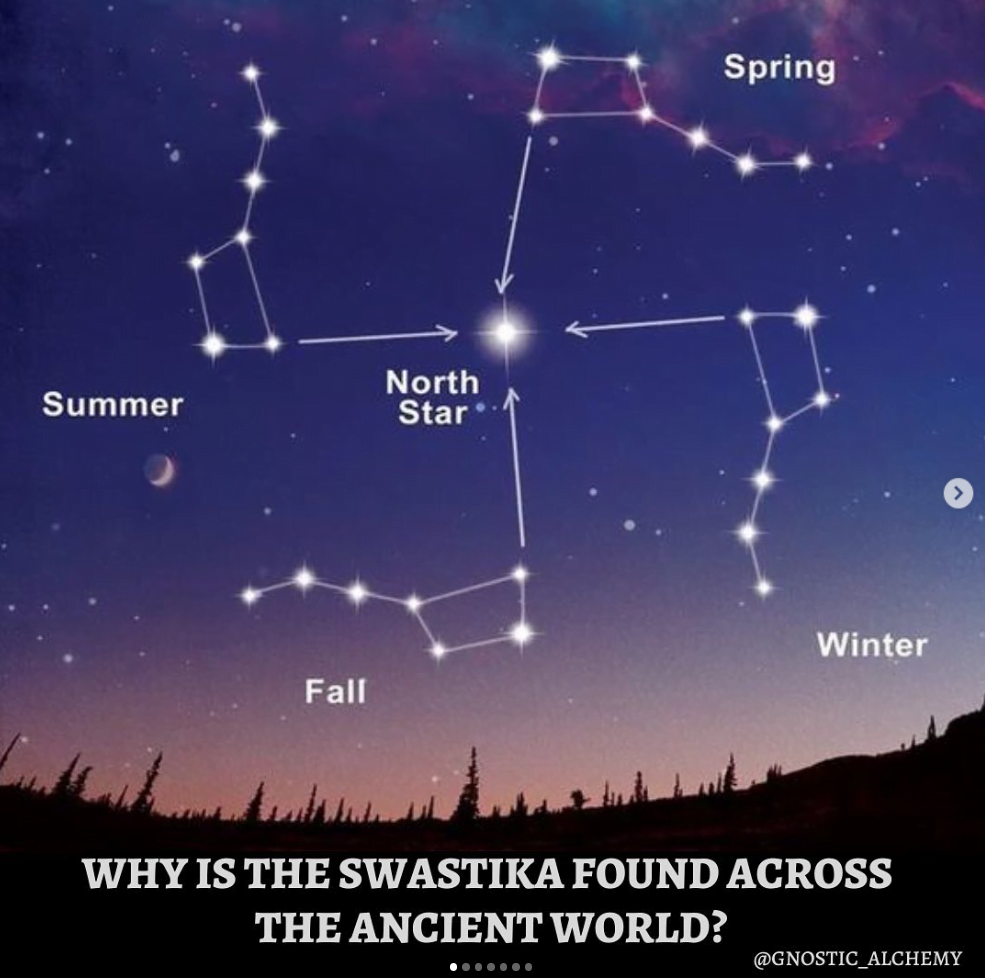The swastika is an age-old symbol across Asia, Europe, Africa and the Native Americas (predating the Egyptian symbol, the ankh).
“It was first used about 15,000 years ago on a bird figurine found in Ukraine. Thereafter, it has been one of the most widely used icons in human history. Archaeologists have found the swastika on several artefacts like pottery, jewellery, weaponry, artwork, archaeological ruins, historical buildings, temples, churches, etc. around the world.
Called by different names, it was used throughout the Neolithic period, Indus Valley Civilization, Bronze Age in China, ancient Greece, Byzantine era, early Christianity period of Ethiopia, Iron Age in Eurasia, and the Migration Period, Viking and Gothic ages in Europe.
Swastika is mentioned quite often in ancient Indian religious texts, the Vedas. Swastika is derived from the Sanskrit word ‘swastik’, which is composed of ‘su’ which means ‘good, well’, ‘asti’ meaning ‘to be’, and ‘ka’ as a suffix – all of which combined ultimately to mean ‘well-being’. Its meaning differs across cultures but fundamentally it is always a symbol of prosperity and good luck.”
Is it a coincidence that so many cultures across the world, ’who never met’ would revere the swastika? Aside from ‘goodluck’ there has to be more to it? I did some more digging and discovered something that blew my little mind:)
One can use the Big Dipper and the North Star in the night sky to determine the seasons, equinoxes and solstices. When the four seasons are projected onto the night sky, with the North Star in the centre, the Big Dipper forms a Swastika, making the symbol a very simple technique to determine seasons. For ancient cultures who were guided by Nature, this would have been very useful for farming and other aspects of life.
The Swastika is essentially a calendar, a symbol for the wheel of time and the turn of the seasons. The Swastika is a reflection of Mother earth’s cycles in the sky. This makes much more sense as to why so many parts of the ancient world honoured it.
I’m nostalgic for a time when we daily looked to the heavens to guide our steps on earth. It’s so much more beautiful than checking a calendar app.

